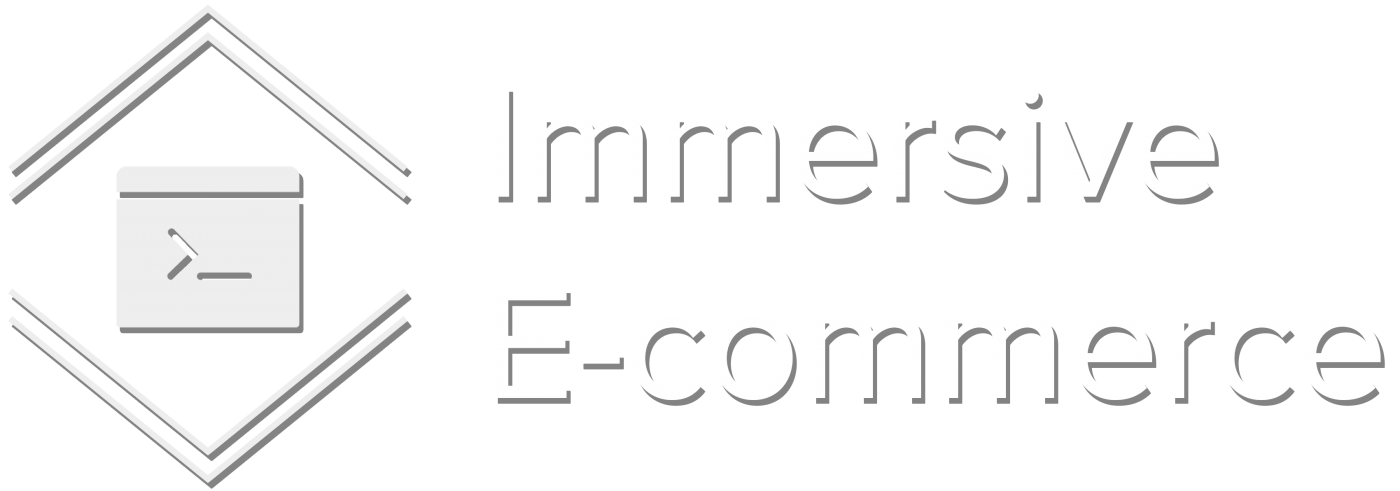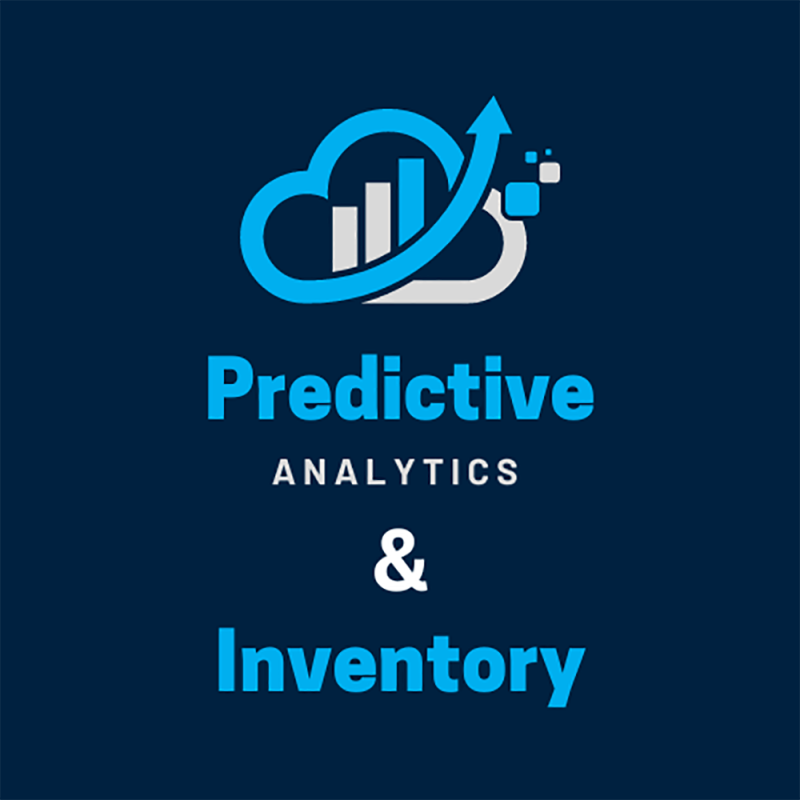In the fast-paced world of retail, it’s crucial for businesses to have the right products in stock at the right time. Overstocking can lead to wasted resources, while understocking can result in lost sales and disappointed customers.
This is where predictive analytics comes in. By analyzing data on past sales, customer behavior, and market trends, retailers can use artificial intelligence (AI) to predict demand and optimize their inventory.
The Benefits of Predictive Analytics for Inventory Management
Predictive analytics can help retailers in a number of ways:
- Save money: By using AI to predict which products will be in demand and in what quantities, retailers can avoid overstocking and minimize waste. This can result in significant cost savings, as excess inventory can be expensive to store and manage.
- Improve customer satisfaction: By ensuring that popular products are always in stock, retailers can reduce the chances of disappointing customers and improve overall satisfaction.
- Increase efficiency: By using predictive analytics to optimize inventory levels, retailers can reduce the time and resources spent on managing and tracking inventory.
How Predictive Analytics Works
There are a few key steps involved in using predictive analytics for inventory management:
- Collect data: This includes sales data, customer behavior data (such as browsing and purchase history), and market trend data (such as industry news and competitive analysis).
- Clean and prepare the data: Data must be cleaned and prepared for analysis by removing any errors or inconsistencies.
- Analyze the data: AI algorithms can be used to analyze the data and identify patterns and trends that can be used to predict demand.
- Make predictions: Based on the analysis, retailers can make informed predictions about which products will be in demand and in what quantities.
- Optimize inventory: Using the predictions, retailers can adjust their inventory levels to ensure they have the right products in stock at the right time.
Predictive analytics can be a powerful tool for retailers looking to optimize their inventory and improve their bottom line. By using AI to analyze data on past sales, customer behavior, and market trends, retailers can make informed predictions about demand and adjust their inventory accordingly. This can result in cost savings, improved customer satisfaction, and increased efficiency.

